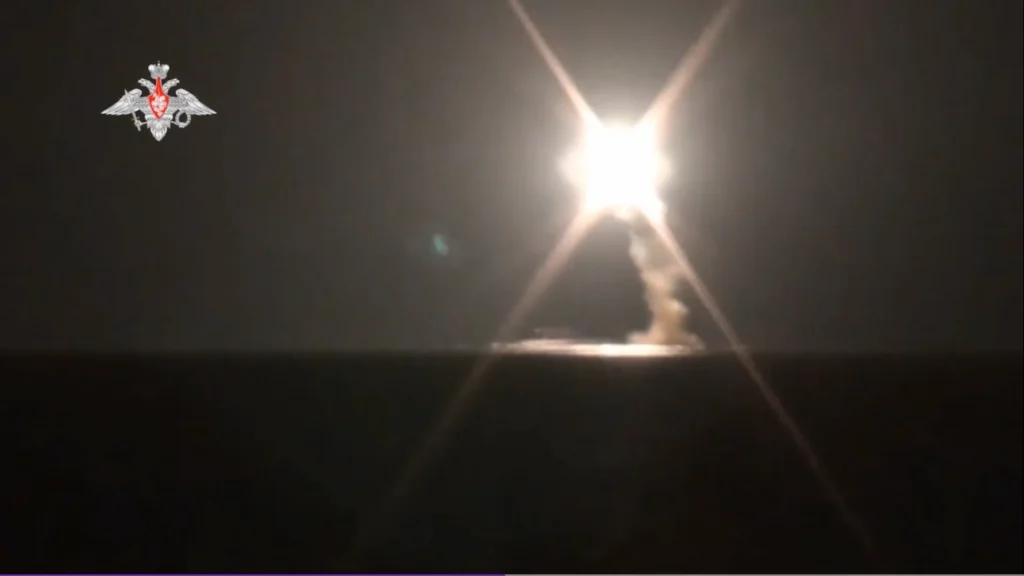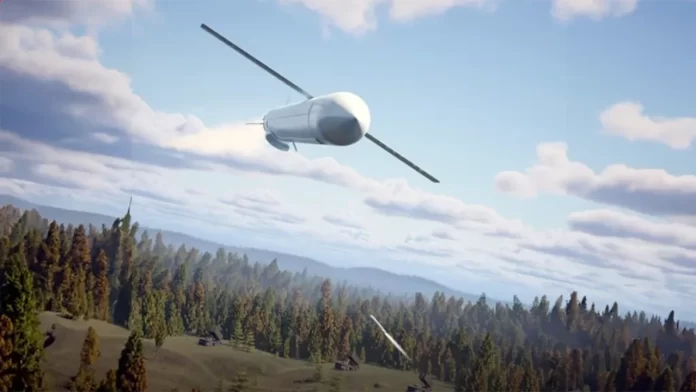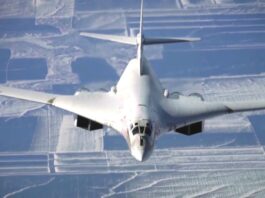Washington and Berlin have agreed to deploy American long-range missiles to Germany. Other European NATO partners are now looking to strengthen their own capabilities.
On July 28, 2024, Russian President Vladimir Putin warned that the deployment of US forces would increase the likelihood of an attack on vital Russian military facilities while reducing the flight and detection time during which Moscow might respond.
He stated that Russia would reply in kind if the US proceeded with the deployment.
Although the missiles that the United States and Germany intend to deploy by the beginning of 2026 are broadly similar to those deployed in the 1980s. The ones to be deployed will carry conventional rather than nuclear warheads. This is one of the reasons why this decision has not yet sparked the same level of domestic public reaction in Germany and other European countries as the 1983 deployment of American Pershing-2 intermediate-range ballistic missiles (IRBMs) and BGM-190G Gryphon cruise missiles (CRBMs).
The decision to deploy is not surprising as the US 2nd Multi-Domain Task Force (MTDF) was activated at Wiesbaden, western Germany, in September 2021, indicating that deployment will occur eventually.

Each MTDF has a Strategic Fires Battalion (SFB), which provides long-range precision strike capabilities for land attacks and perhaps anti-ship missions. The SFB will eventually comprise the Raytheon SM-6 surface-to-air missile, the Raytheon Tomahawk land-attack cruise missile (LACM), the Lockheed Martin Precision Strike Missile (PrSM) short-range ballistic missile, and a hypersonic glide vehicle.
Tomahawk missiles have a range of more than 1,500 kilometers, while one of the PrSM variants in development will reach 1,000 kilometers.
Weapons with a 1,000-kilometer range encompass the entire Kaliningrad region and much of Belarus. They are within range of launch sites in eastern Germany and can only reach the Russian mainland near the Latvian border if launched from far northeastern Germany.
The Dark Eagle hypersonic missile system has the highest potential for reaching targets deep within Russia. The system’s actual range is classified, although US officials overseeing its development have described it as a medium-range system, implying it is greater than 3,000 kilometers.
The range classes of the weapons that the US proposes to send to Europe were previously banned by the 1987 Intermediate-Range Nuclear Forces Treaty (INF Treaty), which prohibited both the Soviet Union (and subsequent Russian Federation) and the US from developing and deploying ground-based ballistic and cruise missiles with ranges ranging from 500 to 5,500 kilometers.
Europe Follows
The US-German decision indicated a shift in the thinking of the US and several European NATO partners regarding the benefits of having long-range conventional land-based strike capabilities following the commencement of the war in Ukraine in 2022.
In July 2024, some NATO states declared plans to obtain long-range strike capabilities. The US and Germany made the statement on July 10 during the 2024 NATO Summit in Washington. The next day, France, Germany, Italy, and Poland signed a statement of intent to collaborate on the development of an unnamed long-range precision attack system as part of a new initiative known as the “European Long-Range Attack Approach” (ELSA). Officials who were interviewed indicated that it was planned to be a GLCM (Ground-Launched Cruise Missile) with a range of 1,000-2,000 kilometers.
French Defense Minister Sébastien Lecornu told the media that rather than limiting the initiative to a small number of NATO nations, the goal is to open it up as far as possible so that costs can be reduced through collaborative development and manufacture. The French corporation MBDA is portraying itself as the best suited to address European needs. Before this announcement, it proposed developing a land-based version of its naval cruise missile, Missile de Croisière Naval (MdCN-NCM), claiming it would be a unique European sovereign solution for a deep strike ground-launched cruise missile complex, designed, manufactured, and assembled in Europe.
Finally, on July 24, Germany and the UK signed a joint defense declaration as part of fresh steps to strengthen defense cooperation. The declaration included Berlin and London’s vow to engage with partners in long-term, comprehensive collaboration on long-range capabilities.
The UK has not indicated its desire to join ELSA, despite Lecornu’s express suggestion.
Russian Options
Russia has repeatedly denied that the Novator 9M729 (SSC-8) cruise missile, which possesses both conventional and nuclear variants, violates the INF Treaty. Ukraine has utilized the Novator 9M728 (RS-SSC-7 “Lefty”), a 500-kilometer-range variant of the same missile class.
It is quite plausible that Russia is developing or has already created such ground-based systems with ranges of more than 500 kilometers, as Putin appeared to affirm on July 28.
The 9M729 is one of the weapons that Putin may eventually “release” as a comparable range response to the planned US deployment.

There are other possible options that Moscow could work on.
Russia could deploy a land-based version of the 3M22 “Zircon” anti-ship missile (RS-SS-N-33), which has a speed more than Mach 5 and is capable of striking ground targets. Ukrainian sources have already accused Russia of using “Zircon” against Ukraine several times and has been preparing it for land-based launch since at least 2019.
British intelligence have pointed out to the absence of a suitable naval platform for launching the “Zircon” in the Black Sea. The launches indicate that a land-based variant has been produced, and that the K-300P “Bastion-P” coastal defense system (RS-SSC-5 Stooge) in service has been modified for its launch.
Another missile Russia may have adapted with a range of more than 500 kilometers is an extended-range derivative of the 9K720 “Iskander-M” short-range ballistic missile (RS-SS-26 Stone). It is probable that the 9K720 already has a range of approximately 600 kilometers.
Russia may have also resumed developing the RS-26 “Rubezh” intermediate-range ballistic missile, supposedly suspended in 2017.






